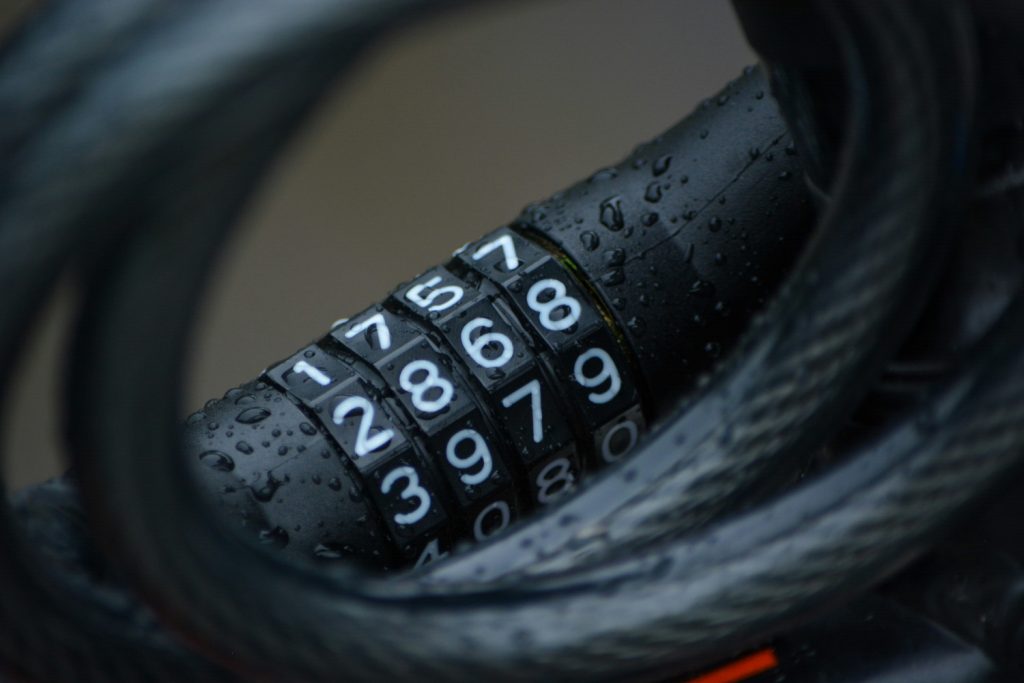Cycling to work isn’t an uncommon sight, especially as climate change awareness is rising and governments are pledging more funding for active travel initiatives. This is great news for cycling enthusiasts and anyone hoping for a greener, less polluted country with lower CO2 emissions.
However, for cycling to become a viable option for more people, businesses and employers must play a crucial role. By providing bike racks and shelters, they can help employees overcome one of the first hurdles: finding a convenient place to park. Yet, with the positive rise in cycling comes the unfortunate negative reality of bike theft. This naturally leads to raising concerns amongst cyclists not just about where to park but how secure it will be. So, how can businesses address this issue and offer peace of mind to cyclists? Here are some useful tips.
Invest in High-Quality Two-Tier Racks
Like in many areas of life, prevention is your best friend. Choosing and installing bike racks that keep bikes safe is key. Not all bike racks are created equal. When selecting racks or stands, look for models that offer built-in security features and are high quality.
To make your life easier, look for racks made from heavy-duty, tamper-resistant materials like galvanised steel. They are difficult to cut through and will last you a long time. When we talk about built-in security features, we mean things like extra bars to secure both the frame and wheels of the bike, which our two-tier racks come with.
Lastly, keep those racks in tip-top condition with regular maintenance to be sure they are in good condition, with no signs of tampering or damage like loose bolts, bent bars, that would compromise the security of the racks. If you find anything amiss, repair it quickly. Regular inspections also help maintain the longevity of the racks, ensuring they continue to provide effective security over time.
Ensure Visibility and Proper Lighting
Unsurprisingly, thieves love the dark and target bikes in poorly lit or secluded areas. To deter theft, you should ideally place your bike parking area somewhere that is less isolated and has good visibility. In addition, it is always a good idea to monitor these parking areas, either by security guards or through the use of surveillance cameras.
Make your bicycle parking area well-lit to make it even more unpleasant for potential thieves. Some shelters, like our two-tier Bristol one, come with the option for an LED lighting add-on. This will make vandalism and theft less likely, and it will also make early morning and late night bike parking feel a lot safer and more comfortable for cyclists.
Implement a Surveillance System
Mentioned in passing above, this is a point worth discussing a bit more. Surveillance cameras are a powerful tool against bike theft. They are not too expensive but make quite an impression on anyone scouting a location to steal from, which makes them both a deterrent and a great help in the aftermath if a crime does happen.
Position cameras to cover all angles of your two-tier racks, ensuring there are no blind spots where thieves could operate unnoticed. Modern surveillance systems can be connected to your security team’s devices, allowing for real-time monitoring and quick response in case of suspicious activity. Another good tip is to make sure you clearly display signs that there is CCTV in the area—this alone can scare off potential thieves.
Encourage Users to Do Their Bit
While providing secure bike racks is the essential minimum, cyclists must also take responsibility for securing their bikes. Most people who bike are aware of the different models of locks, but it is still a good idea to encourage users of your two-tier racks to invest in high-quality locks or chain locks. They are more resistant to cutting and tampering than cable locks and would make it harder for thieves to steal the bike.
You can also think about providing some educational materials or signage that explains the best practices for locking a bike, such as securing both the frame and wheels to the rack. This may not be useful for seasoned cyclists, but it will definitely be useful for people who are just starting out.
Another great tip is to encourage employees or visitors to register their bikes with national bike registration schemes like BikeRegister. This adds an extra layer of security and makes stolen bikes harder to sell and easier to recover. You could also host a bike-marking event where cyclists can have their bikes uniquely marked and registered.
Designate a Secure Bike Parking Zone
Depending on your bike parking location, there are some extra steps you can take to make it even more secure. If you have the spade indoors, the best practice would be to install your cycling racks in an area where only a restricted number of people can go in—like a workers’ or residents’- only accessible area. This will give people extra peace of mind about their bikes’ security and make it much harder to steal.
If a fully enclosed area is just not possible, consider adding fencing or barriers around the two-tier racks to create a semi-enclosed, more secure environment. Some shelter models, like our Bristol one, have the option of adding gates for extra security.
Preventing bike theft on your premises is key to encouraging more people, whether employees or visitors, to cycle. By investing in high-quality two-tier racks with built-in security features, ensuring proper lighting, and implementing a surveillance system, you significantly reduce the risk of theft. Encouraging the use of strong locks and creating designated secure parking zones further enhances protection.
Taking these proactive steps safeguards bikes and fosters trust and confidence in your cycling infrastructure. Ultimately, this contributes to a more bike-friendly environment, promoting sustainability and active travel.

